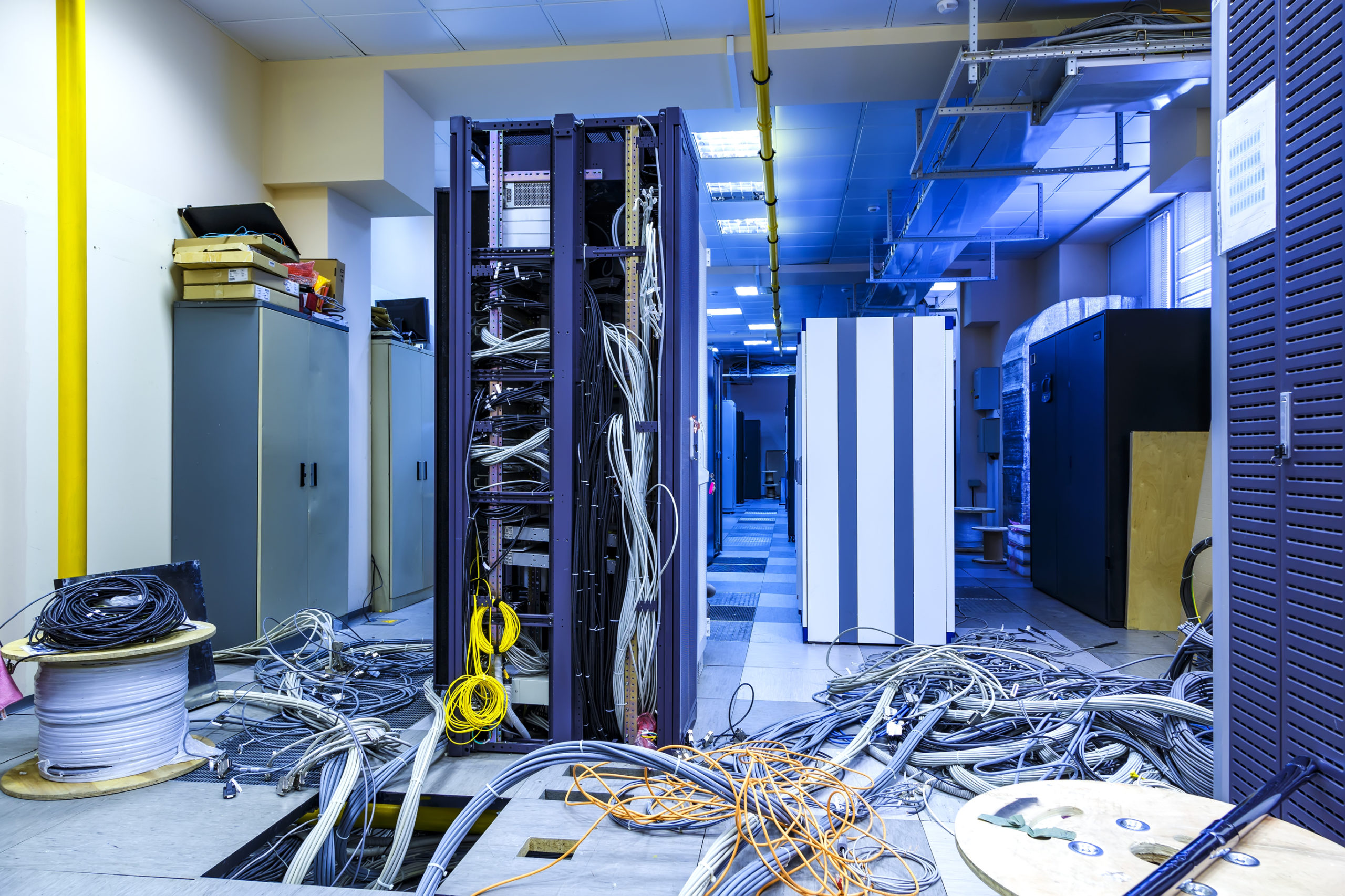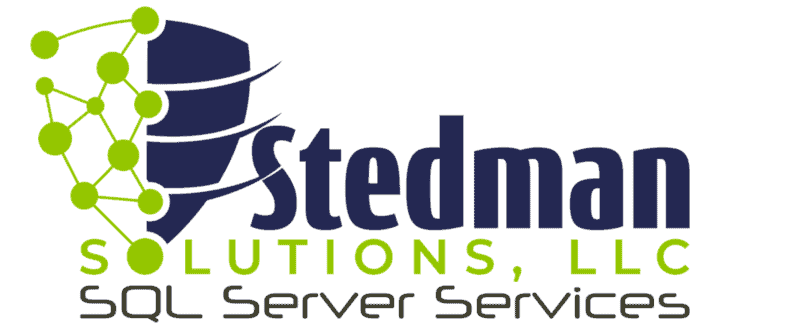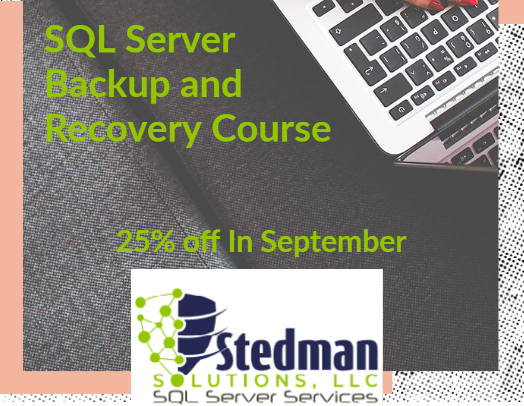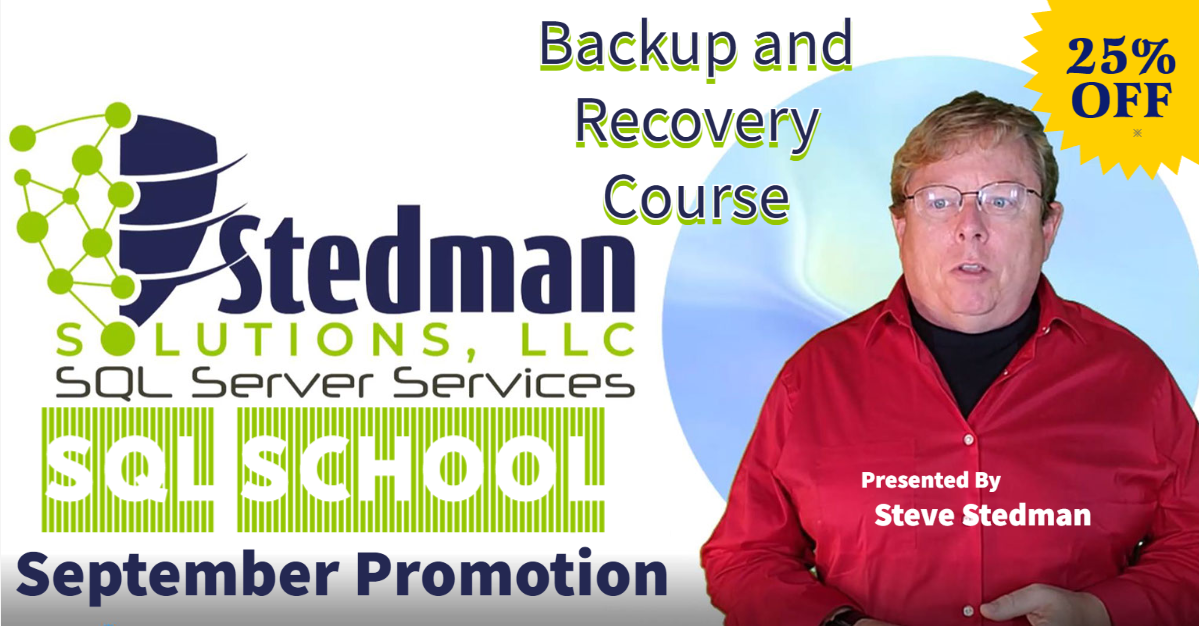
Our Backup and Restore Course is designed to give you a comprehensive understanding of SQL Server backup strategies, restoration processes, and best practices. Whether you’re a beginner or an experienced DBA, this course covers everything from simple database backups to advanced techniques like transaction log backups, point-in-time recovery, and disaster recovery planning. Learn how to ensure your SQL Server environment is protected, avoid common pitfalls, and restore data efficiently in case of failure. With hands-on examples and real-world scenarios, you’ll be equipped to handle any backup or restore situation confidently.
“My most important class” |
Out of all of the SQL classes that I have created, this is perhaps the most important one of them all. It has helped save me and our clients in a pinch where an emergency restore was needed. |
Recovering from a complete datacenter outage is a critical aspect of backup and recovery for SQL Server. A complete datacenter outage can be caused by natural disasters, power outages, or other unforeseen events. When a datacenter outage occurs, it can result in significant data loss and system downtime, which can be costly for your organization.
To recover from a complete datacenter outage, the first step is to assess the extent of the damage and identify which systems and data have been affected. If the datacenter outage has resulted in a total loss of data, it may be necessary to restore from a recent backup. This may require using backup files stored offsite or in the cloud to restore the affected systems.
Restoring from backups is the primary method for recovering from a complete datacenter outage. The backups should be stored in a separate location from the datacenter to ensure that they are not affected by the same outage. The recovery process may involve restoring the entire database or individual database objects, depending on the type of backup and recovery strategy implemented.
It is essential to test backups regularly and ensure that they are up-to-date to ensure that they can be used to restore data in the event of a complete datacenter outage. Backup files should also be encrypted and stored securely to prevent unauthorized access.
Implementing a disaster recovery plan can also help mitigate the risks associated with a complete datacenter outage. A disaster recovery plan should include steps to ensure that critical data is replicated to offsite or cloud-based systems to minimize data loss and system downtime.
Recovering from a complete datacenter outage is a crucial aspect of backup and recovery for SQL Server. Regular backups, testing backups, and implementing a disaster recovery plan are essential to ensure that data can be restored in the event of a complete datacenter outage. By implementing a comprehensive backup and recovery strategy and disaster recovery plan, you can be confident that your data is safe and protected, even in the event of a complete datacenter outage.
Take advantage of this 25% discount on my Backup and Recovery Course for SQL Server and learn how to implement a comprehensive backup and recovery strategy for your organization.
Here are some reasons to check out this class.
- Immediate Return on Investment: By mastering backup and recovery skills, you reduce the risk of costly downtime, data loss, and business disruptions, ensuring that your investment in this training pays for itself many times over.
- Access to Exclusive Tools and Resources: Gain access to exclusive tools like Database Health Monitor, scripts, templates, and checklists designed by experts to simplify your backup and recovery processes and enhance your SQL Server environment.
- Certificate of Completion for Professional Growth: Receive a certificate upon completing the class, demonstrating your expertise in SQL Server backup and recovery. This credential can enhance your professional profile and career prospects.
Head over to https://SteveStedman.com/backup to learn more and enroll in the course. Just use the code SEPT25BACKUP at checkout to get your 25% discount.
Contact Info
Stedman Solutions, LLC.PO Box 3175
Ferndale WA 98248
Phone: (360)610-7833


